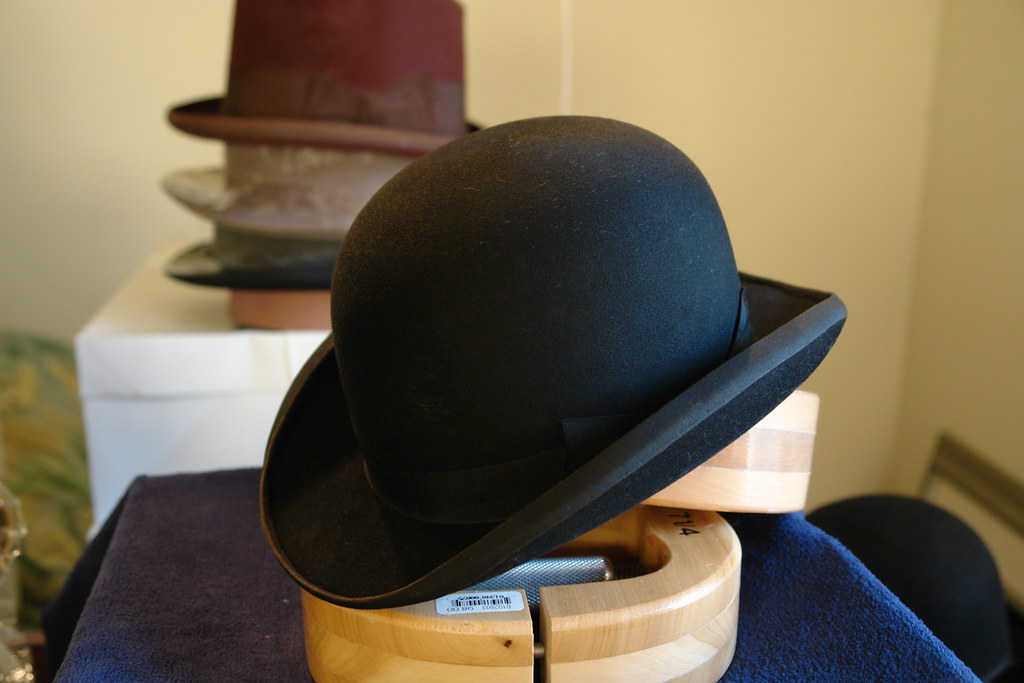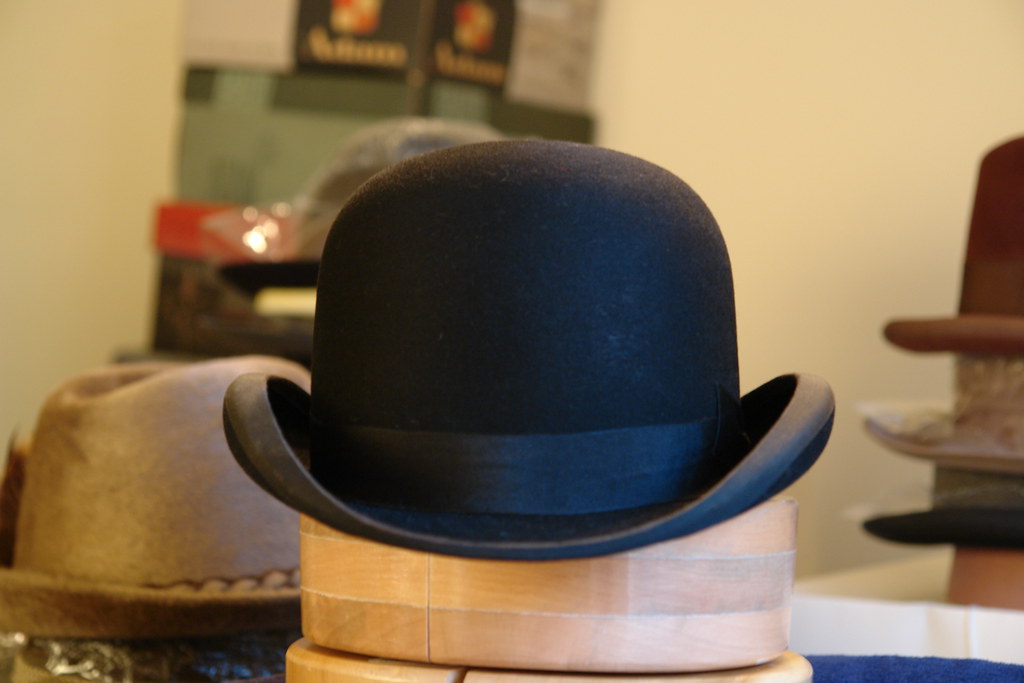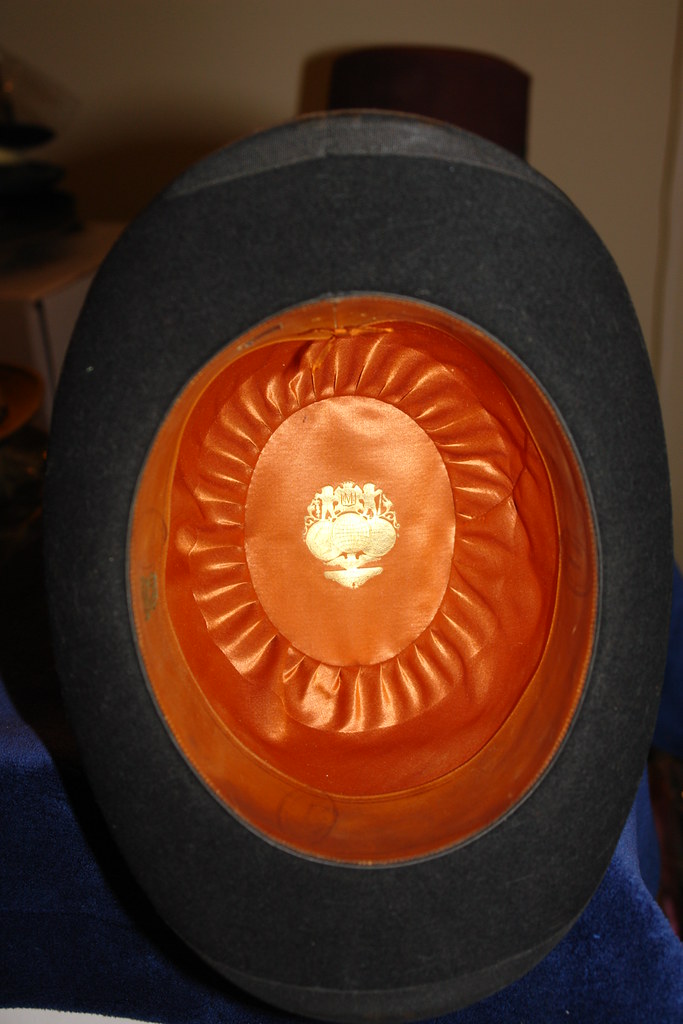- Messages
- 15,152
- Location
- Buffalo, NY
Certain aspects of hatmaking and finishing are lost... the machinery, the materials, the workforce, the market. For those desiring to purchase a new hat in the vintage style, there are excellent choices. While it may be possible for a skilled craftsperson to duplicate the elements of early hats, I haven't seen this and I can't imagine the market would hold the interest or tolerate the cost. Here are a few photos from hats in my collection made in the early 20th century.
silk ribbon on this 190? Hawes Von Gal:


silk lined underbrim, Cheyenne western c. 1910

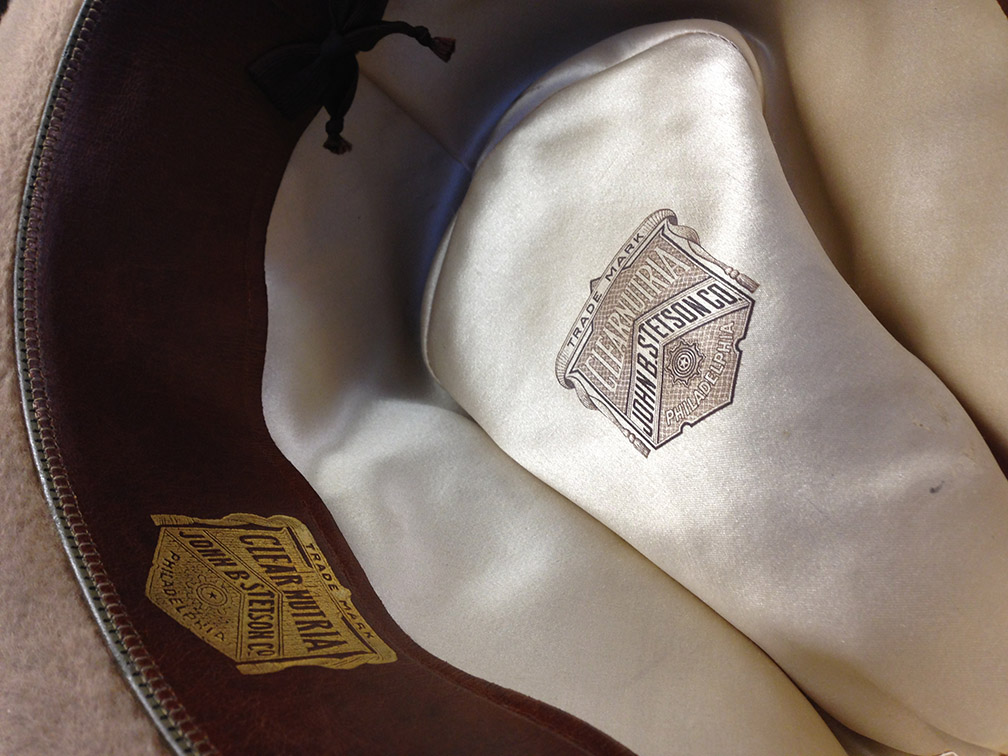
... and a Borsalino brim binding from the 1950s. European makers carried forward earlier craft values after American companies had moved on.
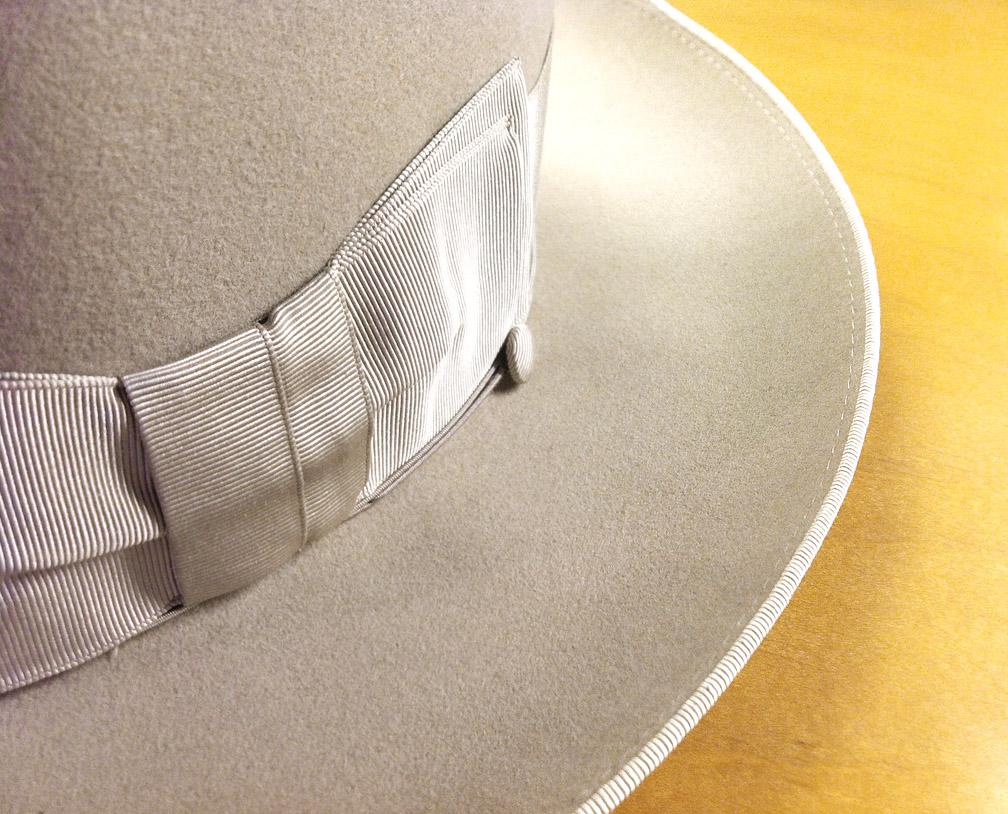
silk ribbon on this 190? Hawes Von Gal:


silk lined underbrim, Cheyenne western c. 1910


... and a Borsalino brim binding from the 1950s. European makers carried forward earlier craft values after American companies had moved on.

